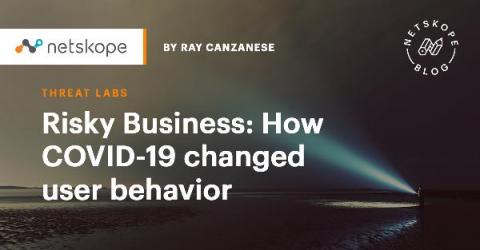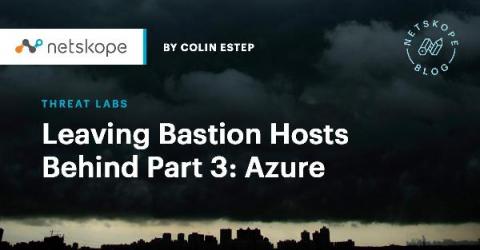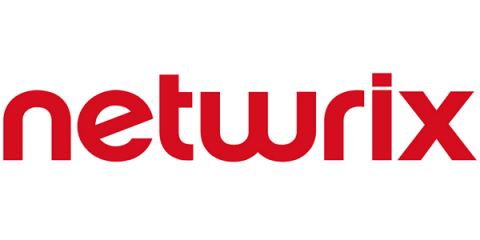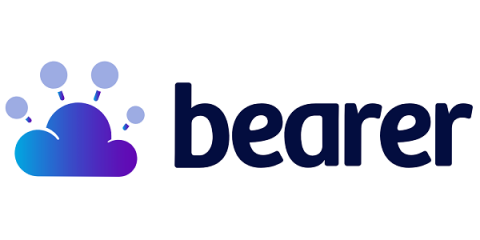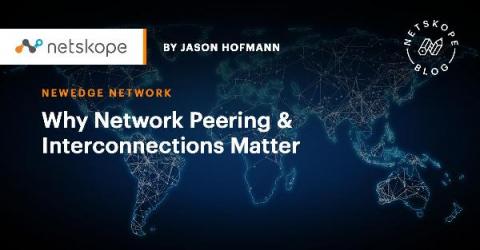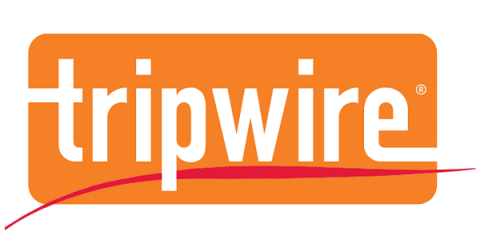Security | Threat Detection | Cyberattacks | DevSecOps | Compliance
Technology
Risky Business: How COVID-19 changed user behavior
The COVID-19 pandemic caused an abrupt change — a sudden and lasting shift to remote work for the majority of knowledge workers. The number of people working remotely more than doubled in the span of a few weeks. Among the many challenges that security organizations faced during this transition was a change in user behavior.
Best Practices for Secure Infrastructure Access
Technologies build on other technologies to compound growth. It’s no coincidence that of the companies with the highest market capitalization within the US, the first non-tech company is the eighth one down: Berkshire Hathaway. Nor is it a coincidence that tech startups can take their valuation into the 10 digits in a flash on the backs of other tech companies. This pace of growth can only be afforded by the innovation of new technology.
Leaving Bastion Hosts Behind Part 3: Azure
This post is the third in a series about alternatives to bastion hosts in each of the major cloud providers. The first post covered an introduction to bastion hosts, the SSH multiplexing attack, some disadvantages to managing your own bastions, and an alternative solution in GCP. The second post covered the Session Manager service provided by AWS.
Cloud Challenges by the Numbers: Adoption and Configuration
The year 2020 has shown us that cloud computing is among the most powerful capabilities humanity has, enabling people around the globe continue their everyday business and education uninterrupted. We continue gathering the most interesting findings from industry research. If you’re interested in learning statistics on cloud usage, top cloud initiatives and cloud security concerns, read the 2020 State of the Cloud Security Statistics article.
What is an SLA? API Service-Level Agreements and How to Find Them
When you rely on a third party API for your application's features, it is important that you can reliably expect them work. Knowing that their uptime will be consistent, or greater than your own, and knowing that their support will be available if you identify a problem, can go a long way in making your choice of APIs easier. In this article we'll look at the Service Level Agreement, or SLA, and how it protects both you and the provider in the event of an outage or problem.
Top 6 Security Threats in Cloud Computing and How to Mitigate Them
In this digital era, more companies are encouraging or requiring employees to work from home. In addition to allowing employees to access the corporate network using their own devices, they are also turning to cloud computing, which is cost-effective and scales easily. However, not all of these organizations are prepared for the associated cloud security threats. Cloud providers often offer some protection capabilities, but their responsibility is primarily to ensure service availability.
Why Network Peering & Interconnections Matter
In previous blogs on the Netskope NewEdge network, we’ve discussed concepts including Secure Access Service Edge (SASE) architecture and why counting data centers alone is meaningless when trying to understand cloud service coverage. Now that we’ve laid the foundation it seems like a good time to get into what’s needed in terms of architecting the actual network and the connections required.
Why the IDC MarketScape named Lookout a mobile threat management software leader three years in a row
The IDC MarketScape for Mobile Threat Management Software just named Lookout a leader for the third consecutive year. Everyone at Lookout works hard to make sure we provide the best mobile security for our customers, so it’s incredibly satisfying to have the MarketScape recognize our capabilities and strategies. We’re honored for the recognition of our capabilities for the third consecutive year.
Covid-19 Exposure Logging: Key Privacy Considerations
Recently, both Apple and Google released new updates for iPhone and Android devices. One feature that was added was “Covid-19 Exposure Logging.” The feature is off (for now), and according to the text that accompanies the app, when turned on, it is set to communicate via Bluetooth to other devices.



